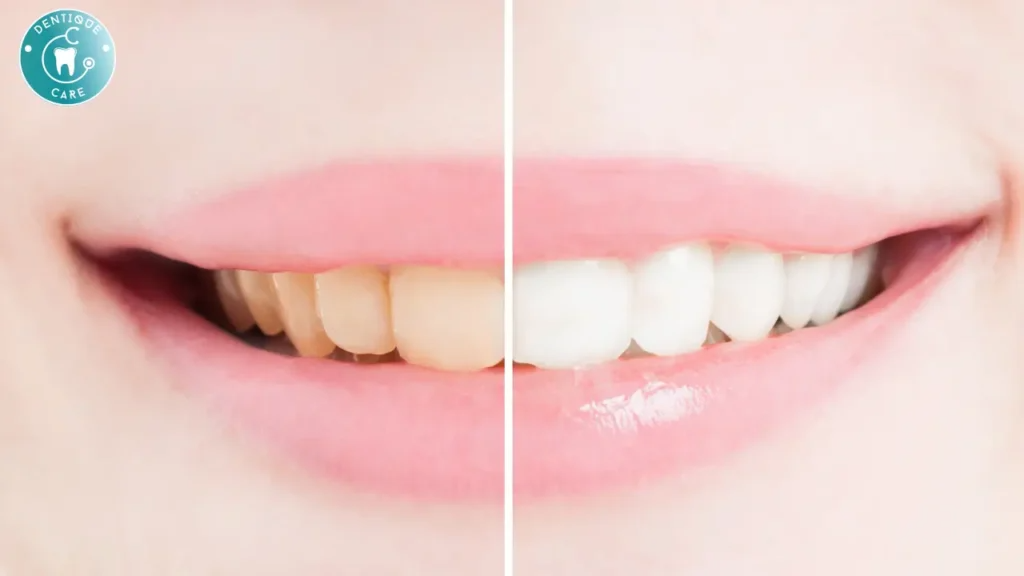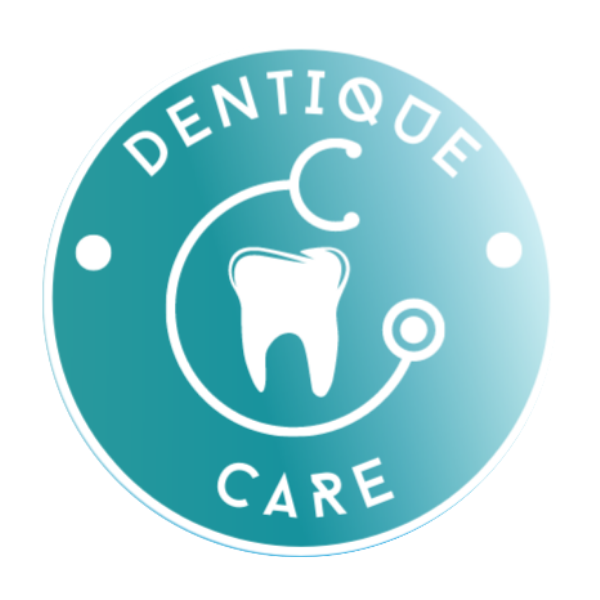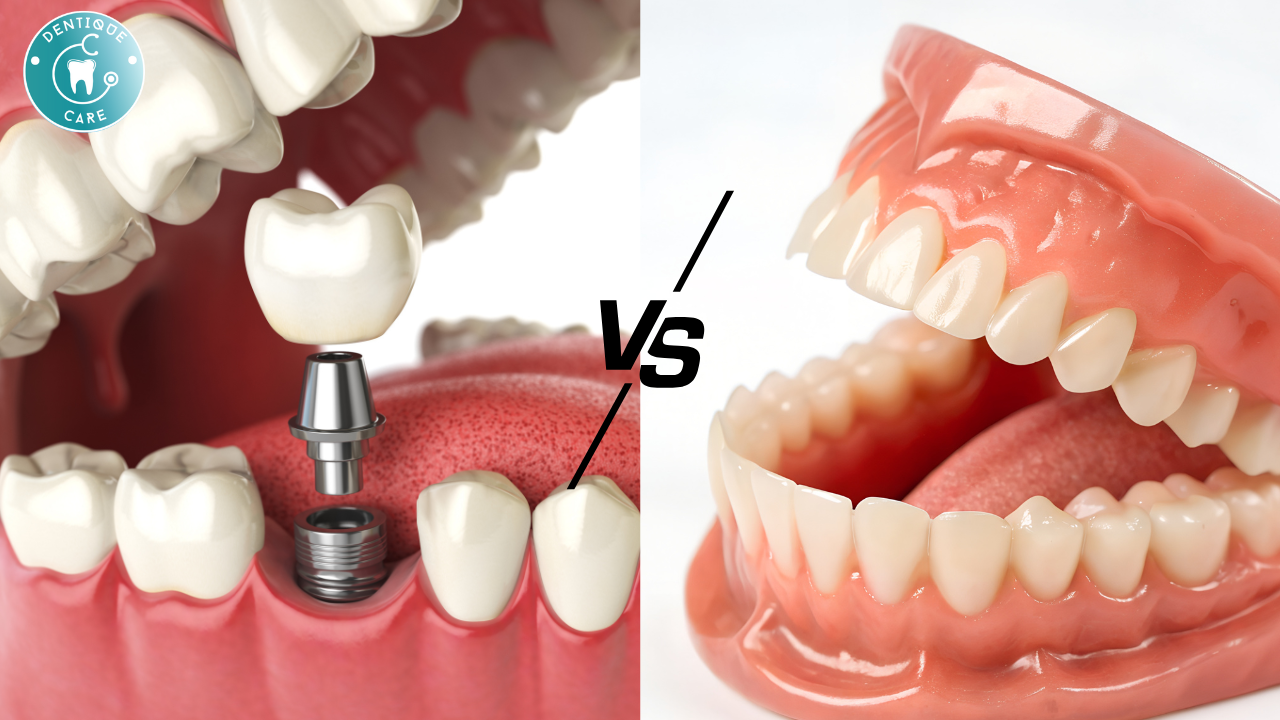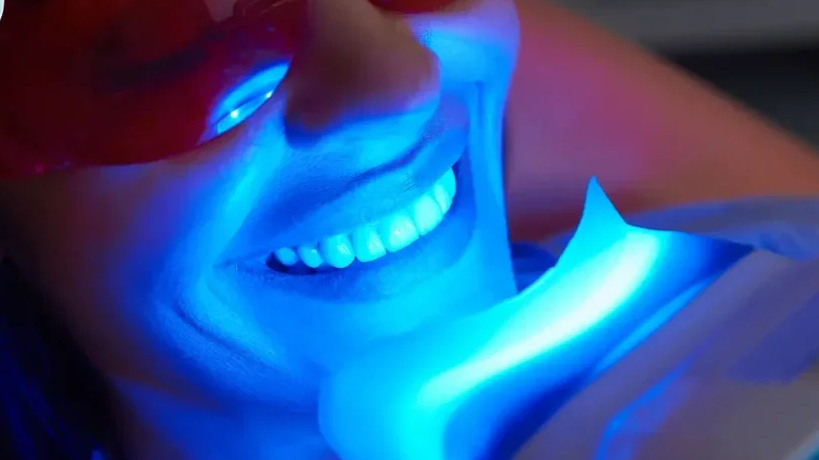
A bright, white smile can completely change your appearance, boosting your confidence in the blink of an eye. While professional whitening treatments are often the go-to for many people, you don’t always have to spend a fortune to get your teeth looking sparkling clean. If you’re in need of some quick and easy fixes for teeth whitening in Lucknow, look no further. Here are five hacks you can try at home to achieve a whiter smile without breaking the bank.
1. Baking Soda and Hydrogen Peroxide Paste
A simple and popular way to whiten teeth at home is by using baking soda and hydrogen peroxide. Both ingredients have natural whitening properties that can help remove surface stains from your teeth.
How It Works:
Baking soda is slightly abrasive, which helps scrub away plaque and stains, while hydrogen peroxide acts as a bleaching agent to lighten the teeth. Together, they form a powerful duo.
How to Use:
- Mix a small amount of baking soda with hydrogen peroxide to form a thick paste.
- Put the paste on your toothbrush and gently brush your teeth for around 2 minutes.
- Rinse thoroughly with water.
Use this method 2-3 times a week to see noticeable results.
Why It Works:
Baking soda not only helps to break down plaque but also helps polish the teeth, giving them a smoother and brighter look. The hydrogen peroxide acts as a natural bleaching agent, lifting the stains caused by coffee, tea, or tobacco. This combination is gentle yet effective.
2. Coconut Oil Pulling
This ancient technique, known as “oil pulling,” involves swishing coconut oil in your mouth for 10-15 minutes. Not only does it help whiten your teeth, but it also boosts your overall oral health.
How It Works:
Coconut oil naturally contains antibacterial properties that assist in eliminating harmful bacteria and plaque from your teeth. Additionally, it works to remove surface stains, helping to brighten your teeth and improve your smile.
How to Use:
- Scoop out a tablespoon of coconut oil and place it in your mouth, letting it settle comfortably. Gently swish it around for about 10-15 minutes, making sure it moves around your teeth and gums to get the full benefits.
- While doing this, be careful not to swallow the oil—just keep it swishing around in your mouth for the full time.
- After 10-15 minutes, spit the oil out and rinse your mouth thoroughly with warm water to remove any leftover oil.
This method is best done first thing in the morning before you eat or drink anything.
Additional Benefits:
Coconut oil pulling can help boost your oral health by reducing plaque and tartar buildup on your teeth. Regular use may also help fight bad breath and promote healthy gums, giving you a cleaner, fresher mouth overall.
3. Activated Charcoal
Activated charcoal is a trendy ingredient that has gained popularity for teeth whitening. It’s available in most health stores and can be a powerful ally in your pursuit of a whiter smile.
How It Works:
Activated charcoal has the ability to absorb toxins and impurities, which makes it great at removing stains. The charcoal binds to the particles causing discoloration and helps lift them away.
How to Use:
- Wet your toothbrush and dip it into the activated charcoal powder, making sure it’s well-coated.
- Gently brush your teeth with the charcoal for about 2 minutes, ensuring you cover all areas of your teeth.
- Rinse your mouth thoroughly with water.
Activated charcoal can be quite messy, so be careful while using it. It’s essential to avoid using this method too often because charcoal can be abrasive on your teeth. If used too frequently, it can gradually wear down the enamel, which is the protective layer of your teeth. This can lead to tooth sensitivity and other dental issues over time. To keep your teeth safe, it’s best to limit its use and maintain a gentle approach.
Why It Works:
Charcoal’s ability to bind to stains makes it effective in whitening teeth. The surface of the charcoal is highly porous, which allows it to trap stain-causing substances and remove them from your teeth. Just be cautious about overuse, as too much abrasive scrubbing could affect your enamel.
4. Apple Cider Vinegar
Apple cider vinegar (ACV) is another popular remedy for teeth whitening, but it must be used cautiously. It’s highly acidic, which can help remove stains but may also harm your enamel if used too often.
How It Works:
The acid in apple cider vinegar works as a natural cleanser for your teeth, breaking down stains and plaque buildup. It can give your teeth a shiny appearance when used occasionally.
How to Use:
- Mix one part apple cider vinegar with two parts water to dilute it properly.
- Swish the mixture gently around your mouth for about 1–2 minutes, making sure it reaches all areas.
- Rinse your mouth with plenty of water afterward to remove any acidity that could harm your enamel.
Because of its acidity, this method should be used sparingly—once a week is ideal.
Caution:
Due to the acidic nature of apple cider vinegar, it’s important to dilute it with water. It’s best not to use this remedy more than once a week, as overuse can wear down your tooth enamel. Afterward, be sure to brush your teeth as you normally would to help protect them from any potential damage.
5. Strawberries and Baking Soda
If you’re craving a natural approach, try the strawberry and baking soda combo. Strawberries are packed with vitamin C and malic acid, which work to remove stains and lighten your teeth.
How It Works:
Malic acid in strawberries helps to break down surface stains, and when paired with baking soda, it creates a paste that gently whitens your teeth.
How to Use:
- Take a ripe strawberry and mash it until it’s nice and smooth. Then, mix in a teaspoon of baking soda to create a thick paste.
- Apply the mixture to your teeth and leave it on for about 5 minutes.
- Rinse your mouth thoroughly with water.
Use this method just once a week to get the best results without harming your teeth.
Why It Works:
Strawberries are packed with antioxidants and vitamins that can contribute to a healthier smile. The malic acid helps remove surface stains, while baking soda provides gentle abrasion to polish your teeth. Together, they leave your teeth looking brighter and cleaner.
Why You Should Be Careful
While these home remedies can provide quick fixes for a brighter smile, it’s important to remember that overuse of these methods could lead to tooth sensitivity or enamel damage. Always practice moderation, and listen to your teeth. If you notice any discomfort, stop using a particular method.
It’s also a good idea to check in with a best dental clinic in Lucknow like Dentique Care for professional advice. They can offer tips and solutions that are more tailored to your needs, ensuring that you get safe and long-lasting results. If you want a more permanent solution, professional teeth whitening treatments may be a better option.
The Bottom Line
Achieving a brighter smile at home doesn’t have to be complicated or expensive. Whether you try baking soda and hydrogen peroxide, oil pulling, activated charcoal, apple cider vinegar, or strawberries, there are plenty of natural remedies to help you get started. Just remember to be cautious and always prioritize the health of your teeth. If you want to ensure your teeth are in top condition while whitening, visiting the best dental clinic in Lucknow is a smart choice.
So, which hack will you try first? With these simple yet effective methods, you’ll be on your way to a radiant smile in no time!
FAQs:
Ques: How often should I use home remedies to whiten my teeth?
Ans: It’s generally advised to use home remedies for whitening your teeth about 2-3 times a week. Using them more frequently can be damaging to your enamel, which may result in increased tooth sensitivity. To keep your teeth healthy, make sure to stick to a good oral care routine with regular brushing and flossing alongside these treatments.
Ques: Can these home remedies replace professional teeth whitening treatments?
Ans: Home remedies can help lighten surface stains and keep your smile looking fresh, but they usually don’t offer the same long-term or dramatic results as professional treatments. If you’re looking for a brighter, longer-lasting change, it’s a good idea to see a dentist.
Ques: Are these teeth-whitening methods safe for sensitive teeth?
Ans: Certain natural methods, like baking soda or activated charcoal, can be too abrasive if you have sensitive teeth. They can cause discomfort or even make sensitivity worse. If you have sensitive teeth, it’s best to talk to your dentist before trying any new whitening methods.
Ques: How long does it take to see results from these home whitening methods?
Ans: Results can vary, but you may start noticing a difference after a few weeks of consistent use. For faster results, you might want to combine home remedies with regular brushing and flossing.




